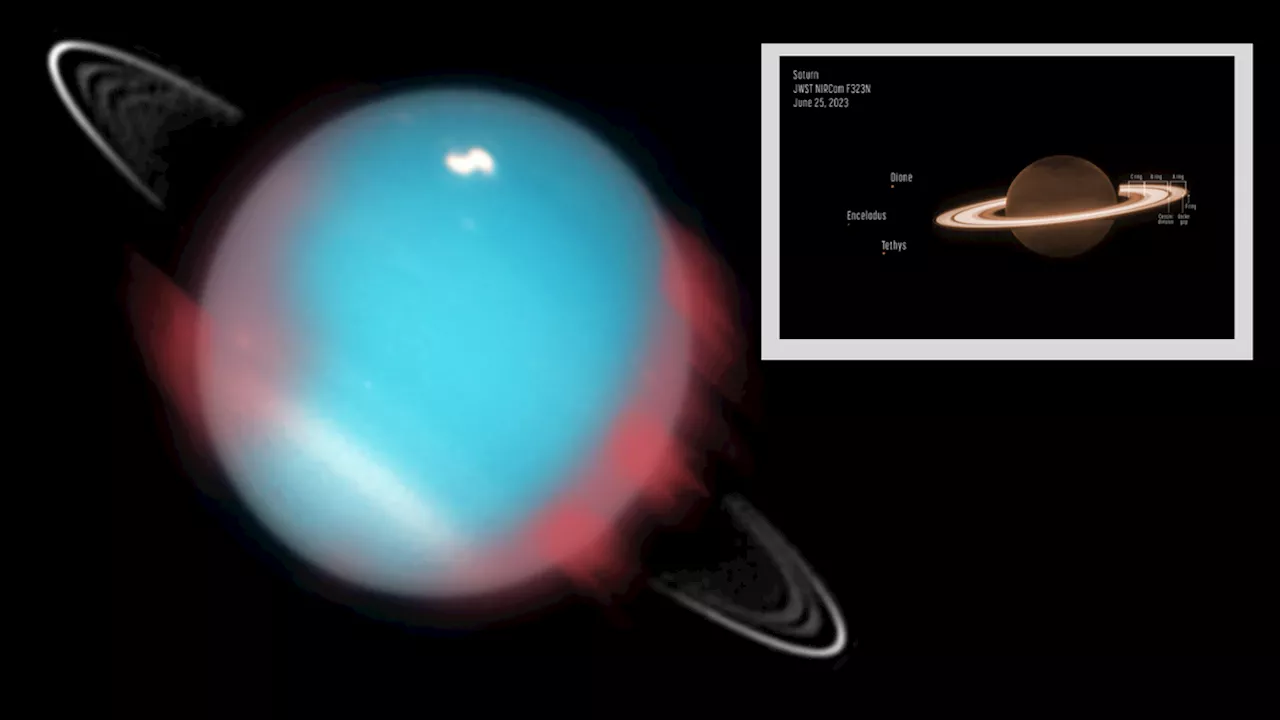Robert Lea is a science journalist in the U.K. whose articles have been published in Physics World, New Scientist, Astronomy Magazine, All About Space, Newsweek and ZME Science. He also writes about science communication for Elsevier and the European Journal of Physics. Rob holds a bachelor of science degree in physics and astronomy from the U.K.
Uranus as seen by Hubble with auroras added and marked in red the auroras of Saturn seen by the JWST
Though auroras have been seen over other solar system planets before, and they should be possible around any planet with an atmosphere and magnetic field, less is known about these alien light shows.Currently, relatively little is known about the auroras of Uranus, an ice giant with an atmosphere of water, ammonia and methane.
"The temperature of all the gas giant planets, including Uranus, are hundreds of degrees Kelvin/Celsius above what models predict if only warmed by the sun, leaving us with the big question of how these planets are so much hotter than expected," Thomas said."One theory suggests the energetic aurora is the cause of this, which generates and pushes heat from the aurora down towards the magnetic equator.
United States Latest News, United States Headlines
Similar News:You can also read news stories similar to this one that we have collected from other news sources.
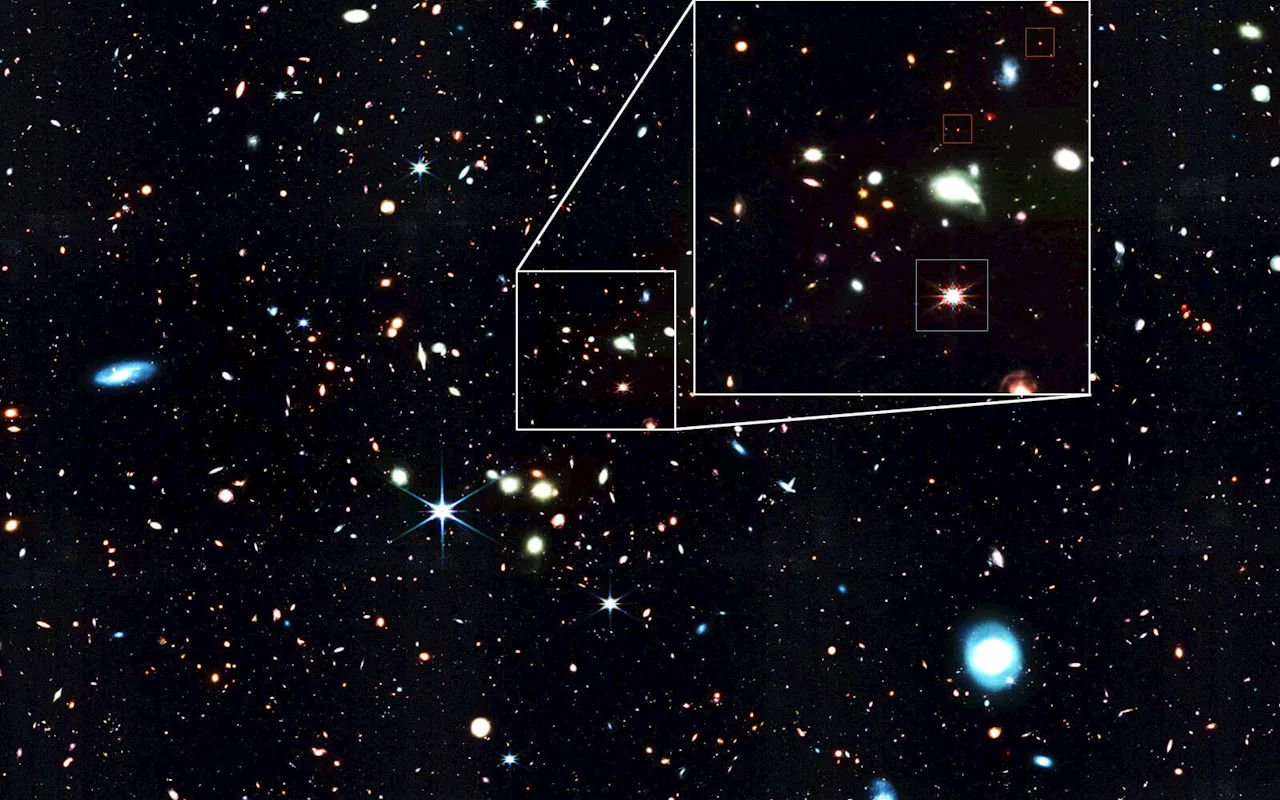 'Baby quasars': James Webb Space Telescope spots little giants in the deep pastThe James Webb Space Telescope has made one of the most unexpected findings within its first year of service: A high number of faint little red dots in the distant universe could change the way we understand the genesis of supermassive black holes.
'Baby quasars': James Webb Space Telescope spots little giants in the deep pastThe James Webb Space Telescope has made one of the most unexpected findings within its first year of service: A high number of faint little red dots in the distant universe could change the way we understand the genesis of supermassive black holes.
Read more »
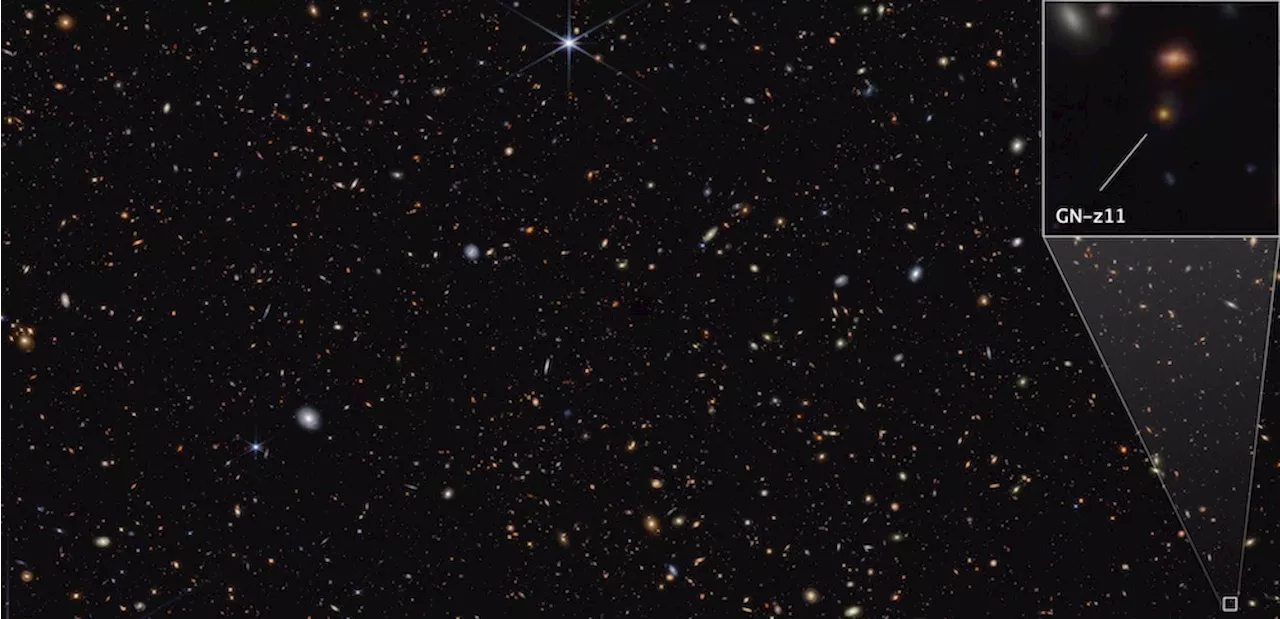 The Latest Mesmerizing Images from NASA's James Webb Space TelescopeWant to see the latest JWST images? The most recent image features the furthest known galaxy and black hole.
The Latest Mesmerizing Images from NASA's James Webb Space TelescopeWant to see the latest JWST images? The most recent image features the furthest known galaxy and black hole.
Read more »
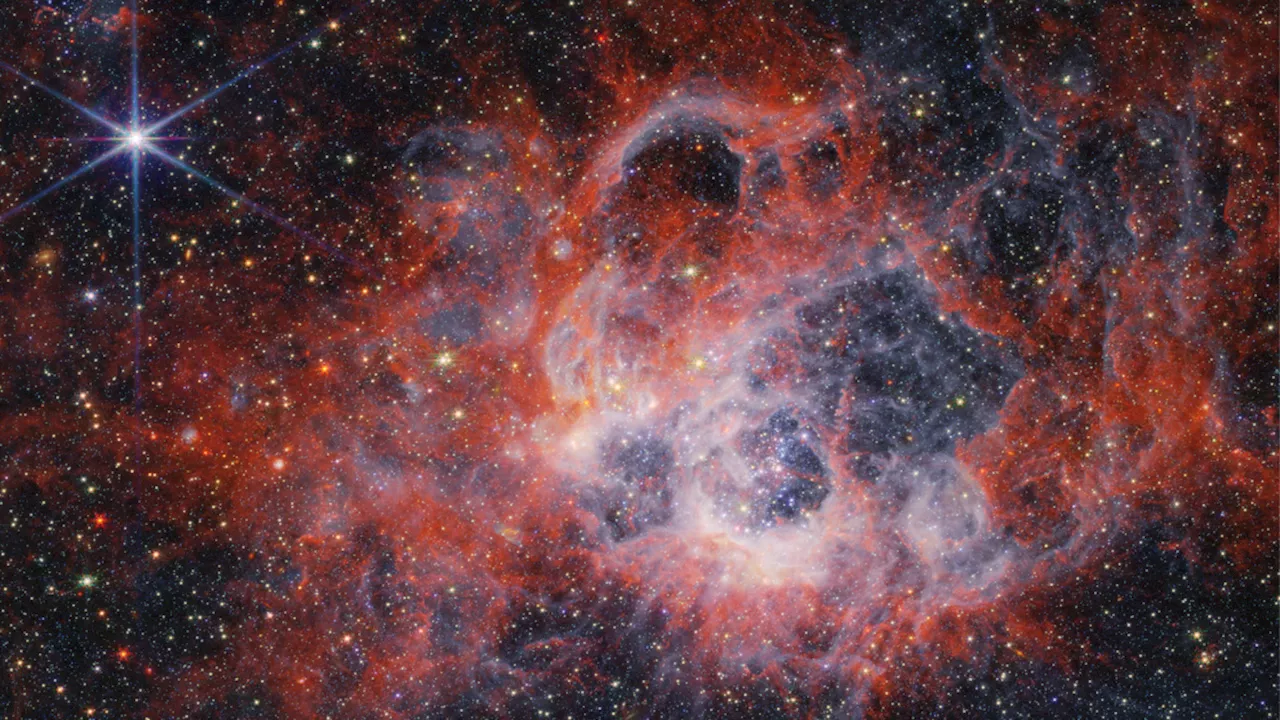 The James Webb Space Telescope hones in on star-forming region in the Triangulum Galaxy (images)Robert Lea is a science journalist in the U.K. whose articles have been published in Physics World, New Scientist, Astronomy Magazine, All About Space, Newsweek and ZME Science. He also writes about science communication for Elsevier and the European Journal of Physics. Rob holds a bachelor of science degree in physics and astronomy from the U.K.
The James Webb Space Telescope hones in on star-forming region in the Triangulum Galaxy (images)Robert Lea is a science journalist in the U.K. whose articles have been published in Physics World, New Scientist, Astronomy Magazine, All About Space, Newsweek and ZME Science. He also writes about science communication for Elsevier and the European Journal of Physics. Rob holds a bachelor of science degree in physics and astronomy from the U.K.
Read more »
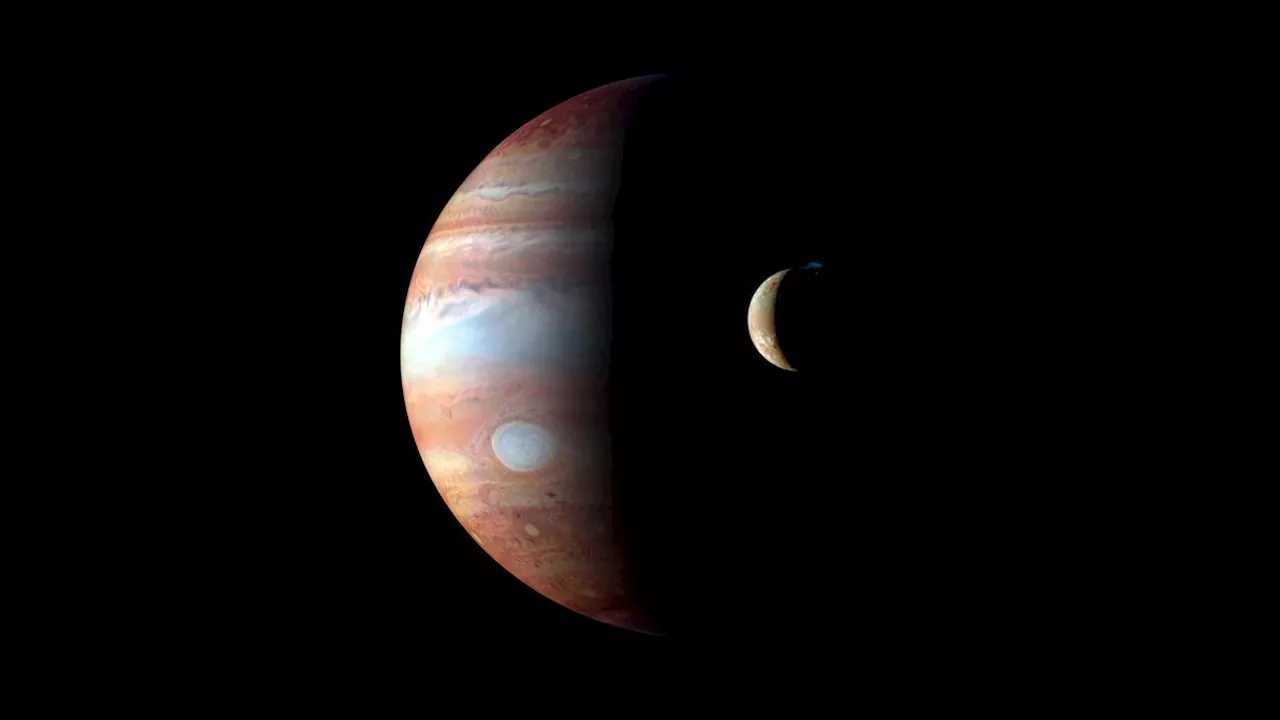 The James Webb Space Telescope is digging deep into the mysteries of gas planetsMonisha Ravisetti is Space.com's Astronomy Editor. She covers black holes, star explosions, gravitational waves, exoplanet discoveries and other enigmas hidden across the fabric of space and time. Previously, she was a science writer at CNET, and before that, reported for The Academic Times.
The James Webb Space Telescope is digging deep into the mysteries of gas planetsMonisha Ravisetti is Space.com's Astronomy Editor. She covers black holes, star explosions, gravitational waves, exoplanet discoveries and other enigmas hidden across the fabric of space and time. Previously, she was a science writer at CNET, and before that, reported for The Academic Times.
Read more »
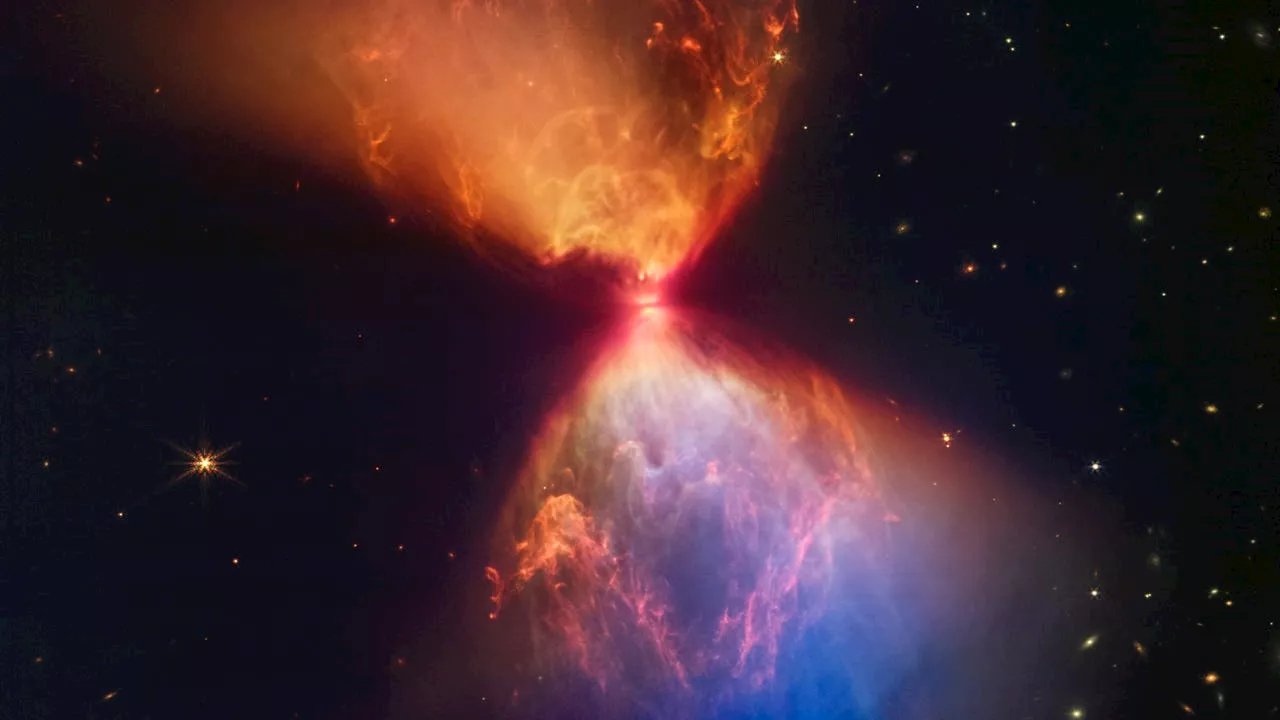 See images from NASA’s James Webb Space Telescope in new IMAX documentaryThe documentary “Deep Sky” will be in select IMAX theaters across the country in April. Here’s how you can see it.
See images from NASA’s James Webb Space Telescope in new IMAX documentaryThe documentary “Deep Sky” will be in select IMAX theaters across the country in April. Here’s how you can see it.
Read more »
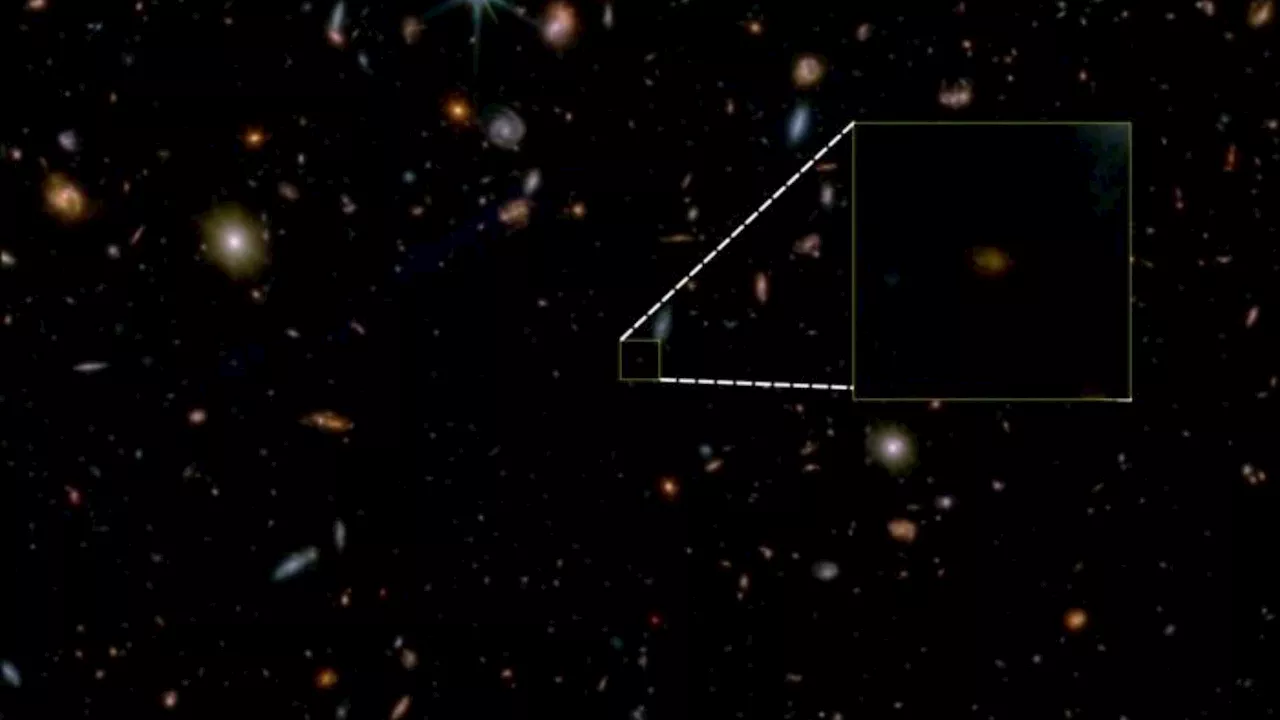 13-billion-year-old ‘dead’ galaxy ghost caught by Webb space telescopeThe James Webb Space Telescope (JWST) has uncovered an old galaxy that lived fast and died young. The telescope conducted the deepest observation to detect this oldest dead galaxy.
13-billion-year-old ‘dead’ galaxy ghost caught by Webb space telescopeThe James Webb Space Telescope (JWST) has uncovered an old galaxy that lived fast and died young. The telescope conducted the deepest observation to detect this oldest dead galaxy.
Read more »
